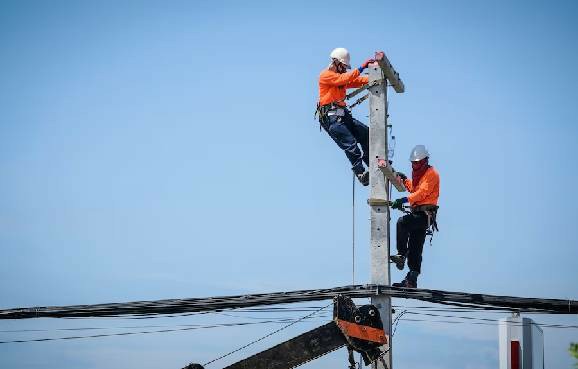The Essential Compliance Checklist for Businesses Allowing Work at Heights
In industries where working at heights is commonplace, ensuring compliance with safety regulations is paramount.
Neglecting safety protocols can lead to severe workplace injuries, legal repercussions, and higher insurance costs. This comprehensive checklist outlines the necessary steps that businesses must take to protect their employees and adhere to regulations before permitting work at heights.
Why Compliance Is Crucial
Ensuring a safe working environment is not only a legal obligation but also a moral imperative. Adhering to safety protocols helps prevent accidents and fosters a culture of safety within the workplace. In addition to enhancing employee welfare, compliance mitigates risks of litigation and financial losses.
Step-by-Step Compliance Checklist
Here’s a detailed checklist to ensure compliance with safety regulations for working at heights:
1. Conduct a Thorough Risk Assessment
- Identify potential hazards associated with working at heights.
- Evaluate the risk of falls and the likelihood of injury.
- Document your findings and share them with relevant staff.
2. Ensure Proper Training and Certification
- Verify that all employees are trained in working at heights safety protocols.
- Consider a Working at Heights Course for comprehensive training.
- Ensure employees have obtained their Working at Heights Certification.
3. Personal Protective Equipment (PPE) Checks
- Inspect PPE, including harnesses, lanyards, and helmets, for wear and tear.
- Ensure PPE is appropriate for the specific tasks being completed at height.
- Provide training on the proper use and maintenance of PPE.
4. Develop a Safety Plan
- Create a detailed safety plan that outlines procedures for working at heights.
- Include evacuation procedures in case of an emergency.
- Ensure all employees are aware of and understand the safety plan.
5. Verify Equipment Safety
- Ensure all ladders, scaffolding, and other equipment are inspected before use.
- Conduct routine maintenance and keep records of inspections.
- Provide accessible materials for safe equipment use.
6. Documentation and Regulatory Compliance
- Maintain records of risk assessments, training sessions, and incidents.
- Ensure adherence to all local laws and regulations regarding working at heights.
- Consult regulatory bodies to stay updated on changes in compliance requirements.
7. Regular Review and Improvement
- Conduct regular reviews of safety protocols and practices.
- Engage employees in safety discussions to gain insights and suggestions.
- Implement feedback to improve safety measures continually.
Conclusion
Compliance with safety regulations when allowing employees to work at heights is essential for their well-being and your business’s reputation. By following this checklist and investing in Certified Working at Heights Training, you can significantly reduce the risk of accidents and ensure a safer workplace.
For more information or to schedule training sessions, feel free to contact us at [email protected] or check out our Working at Heights Course Online.



 349,500 Offered Certificates
349,500 Offered Certificates
 24/7 Online Training
24/7 Online Training
 Money Back Guarantee
Money Back Guarantee
 Fully Accredited Courses
Fully Accredited Courses
